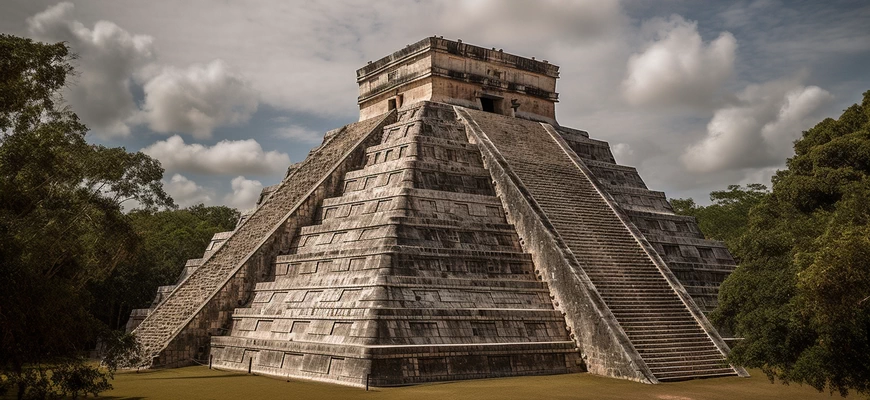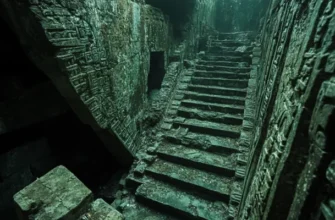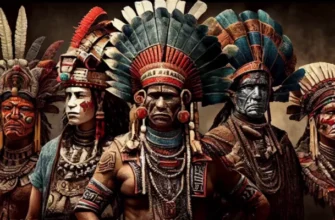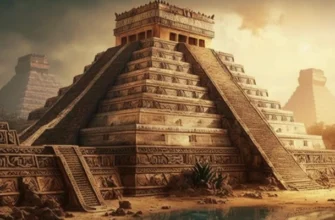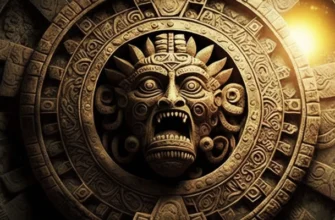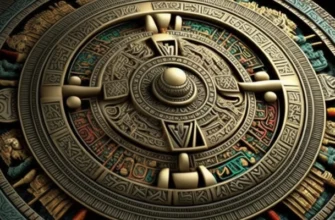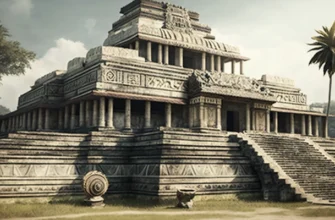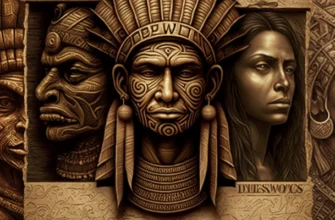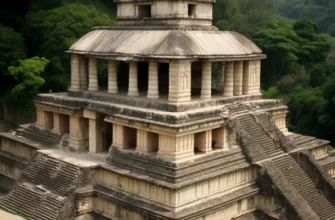The Maya were a civilization that flourished in Mexico and Central America from 2000 BC to 1500. They developed a complex system of writing, mathematics, and astronomy. The Maya had developed architecture and art that left a mark on the history of the world. However, they fell victim to internal conflicts, environmental and climatic changes, which led to their decline. The Maya’s legacy and achievements are important to modern culture, and preserving their heritage is an important task.
Beginnings and rise of the Maya
The Maya was a civilization that flourished in Mexico and Central America from 2000 B.C. to 1500. The early history of the Maya was related to agriculture and fishing, but they quickly developed into a strong state with sophisticated systems of writing, mathematics, and astronomy.
During their heyday, from 300 to 900, the Maya built huge cities with tall pyramids and sophisticated water supply systems. They developed extensive trade with other civilizations and had a highly developed culture that could be seen in their art, music, and literature.
Mayan society was organized in the form of local states, each with its own leader. Their social classes were diverse, but power belonged to elite groups. The Maya were known for their religiosity, which was reflected in their shrines and rituals.
The Mayan heyday ended around the 10th century for unknown reasons. However, the Mayan achievements and heritage influenced the world culture and remained on the historical pages of humanity.
Early history
The early history of the Maya is associated with agriculture and fishing. They were one of the first civilizations to use an irrigation system for agriculture. They also studied astronomy and mathematics, which allowed them to develop a calendar and writing system.
Early Mayan history was divided into three periods: Pre-Ceramic (2000-1000 BC), Ceramic (1000-400 BC), and Classic (400-900 AD). The pre-ceramic period was characterized by a small population and the development of agriculture, while the ceramic period was characterized by the production of earthenware and population growth.
In the Classic period, the Maya reached their greatest prosperity. They built huge cities with pyramids and complex water supply systems. The Classic period was also a period of great cultural and religious activity, which could be seen in their architecture, art, and religious rituals.
Early Maya history also saw wars and conflicts, indicating that social organization and politics were important aspects of civilization life.
Development of science, art, and architecture
The Maya developed science, art, and architecture throughout their history. They had a high level of knowledge in astronomy, mathematics, and calendar. Their writing system, called glyphs, allowed them to store and transmit knowledge.
Mayan art includes ceramics, stone carvings, and the creation of images on the walls of pyramids and other structures. Their architecture was quite complex and included pyramids, plazas, and residences. The most famous structures are the pyramids, where religious rites and sacrifices could be performed.
The Maya had a rich culture, which was reflected in their religious and festive rituals, music, and dance. They also had their own system of measuring time, which consisted of two calendars: one for 260 days and the other for 365 days.
The development of Mayan science, art, and architecture played an important role in the formation and development of this great civilization.
Causes of the Mayan decline
The Mayan decline can be explained by several reasons. One of the main ones is the environmental crisis caused by the overuse of natural resources and improper agricultural practices. This resulted in reduced harvests and famine.
The second reason is conflicts between different Mayan city-states, which led to constant wars and loss of territory.
The third reason is the epidemics that resulted from the spread of diseases and illnesses.
Finally, a possible reason for the Maya’s decline is climate change, which may be associated with long periods of drought and other catastrophic events.
All these factors together led to the decline of the Maya, but their culture and heritage live on and capture the imagination of people around the world.
The effects and legacy of the Maya
Despite their decline, the Maya left behind a significant cultural, scientific, technological, and architectural footprint. They invented their own calendar, numbering system, astronomical instruments, and developed a writing system that has been preserved in hieroglyphic inscriptions.
The Maya also created a large number of buildings, including pyramids, palaces, and other buildings with intricate architectural details.
Today, the Maya are studied as one of the most interesting and mysterious civilizations in the world. Many of their scientific discoveries and inventions are used and studied by researchers and scientists around the world. The Mayan cultural heritage is preserved in the form of artifacts, architectural structures, language, and writing, which creates great interest among people around the world.
Conclusions
The Maya are of great importance for world culture. Not only did they create a large number of scientific discoveries and inventions, but they also developed art, architecture, calendar, and writing. Studying the Maya helps us understand human history and our roots.
Preserving the Mayan heritage is an extremely important task. Preserving Mayan artifacts, architectural structures, language, and writing will help preserve their culture and heritage for future generations. In addition, it can help researchers and scholars better understand and study Mayan history, customs and traditions, and understand the impact of this civilization on the modern world. Therefore, preserving Mayan heritage is a necessary task to preserve cultural diversity and enrich the world’s cultural heritage.
